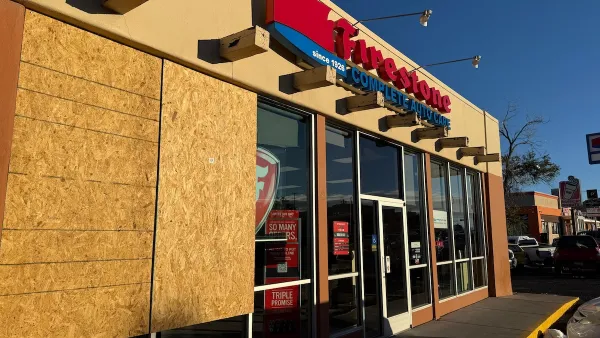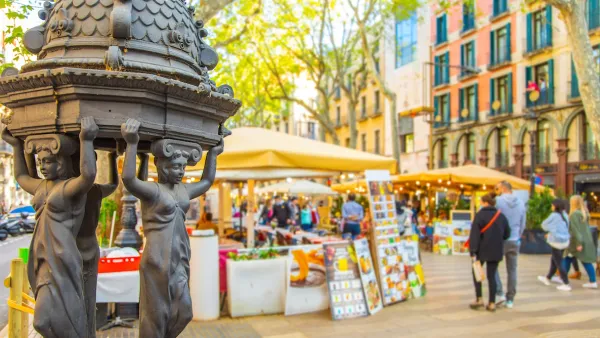French President Sarkozy's call for 'audacious' plans for a Paris of the future has been answered by some of the world's top architects and designers, but some wonder how any of the plans can work within the constraints of the existing city.
"In the past two months, architects and planners from all over the world have conjured up...ideas for a bigger, bolder Paris.
Their metropolis is still imaginary, but President Nicolas Sarkozy has said he is serious about creating what he calls the Grand Paris (Greater Paris) of the future. In an ambitious exercise in function and fantasy, he has launched an international competition to create a vision for the city.
'Be audacious,' Mr. Sarkozy urged architects when he announced the project: Apply energy-efficient and environmentally sensitive technology to create the first 'post-Kyoto' urban centre. Few other limits were set. The thorny question of the future political configuration of the Paris metropolitan region was left aside for the politicians. Competitors were free to draw the geographical boundaries of a future Paris as they thought best.
Some of the biggest names in architecture - including Jean Nouvel of France, Richard Rogers of Britain and Rem Koolhaas of the Netherlands - accepted the challenge. In all, 38 groups submitted proposals last month. No details have been released, but Mr. Sarkozy is expected to announce the 10 winning teams next week. Each will then produce an in-depth plan by year's end.
The competition has been welcomed as a once-in-a-lifetime opportunity for creative thinking on a large scale in a European setting.
Still, many urban experts and architects also suspect that it may never amount to more than an exercise - or produce only one or two prestige projects that Mr. Sarkozy could claim as his legacy.
The days when a French head of state could order up sweeping changes in Paris ended with Napoleon, they say. Big urban projects, which almost certainly would require major changes in public transit and rail lines, also cost big money. The biggest obstacle may be that deciding on a common vision for Greater Pariswould entail an unprecedented degree of political co-operation.
Still, there is general agreement among architects and urban specialists that the region badly needs a visionary road map for the future."
FULL STORY: The president pulls a switch on the City of Light

National Parks Layoffs Will Cause Communities to Lose Billions
Thousands of essential park workers were laid off this week, just before the busy spring break season.

Retro-silient?: America’s First “Eco-burb,” The Woodlands Turns 50
A master-planned community north of Houston offers lessons on green infrastructure and resilient design, but falls short of its founder’s lofty affordability and walkability goals.

Delivering for America Plan Will Downgrade Mail Service in at Least 49.5 Percent of Zip Codes
Republican and Democrat lawmakers criticize the plan for its disproportionate negative impact on rural communities.

Test News Post 1
This is a summary

Test News Headline 46
Test for the image on the front page.

Balancing Bombs and Butterflies: How the National Guard Protects a Rare Species
The National Guard at Fort Indiantown Gap uses GIS technology and land management strategies to balance military training with conservation efforts, ensuring the survival of the rare eastern regal fritillary butterfly.
Urban Design for Planners 1: Software Tools
This six-course series explores essential urban design concepts using open source software and equips planners with the tools they need to participate fully in the urban design process.
Planning for Universal Design
Learn the tools for implementing Universal Design in planning regulations.
EMC Planning Group, Inc.
Planetizen
Planetizen
Mpact (formerly Rail~Volution)
Great Falls Development Authority, Inc.
HUDs Office of Policy Development and Research
NYU Wagner Graduate School of Public Service




























